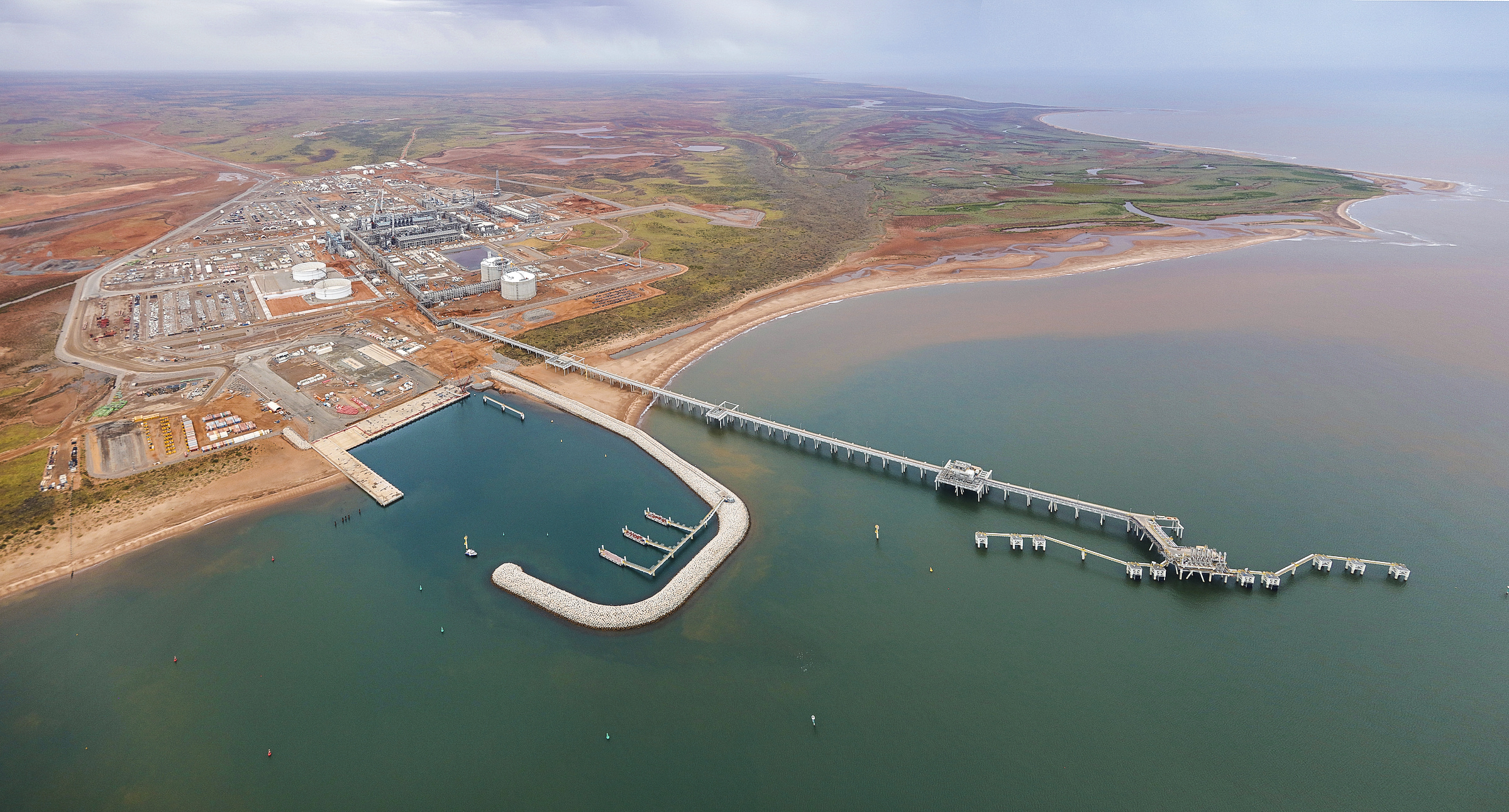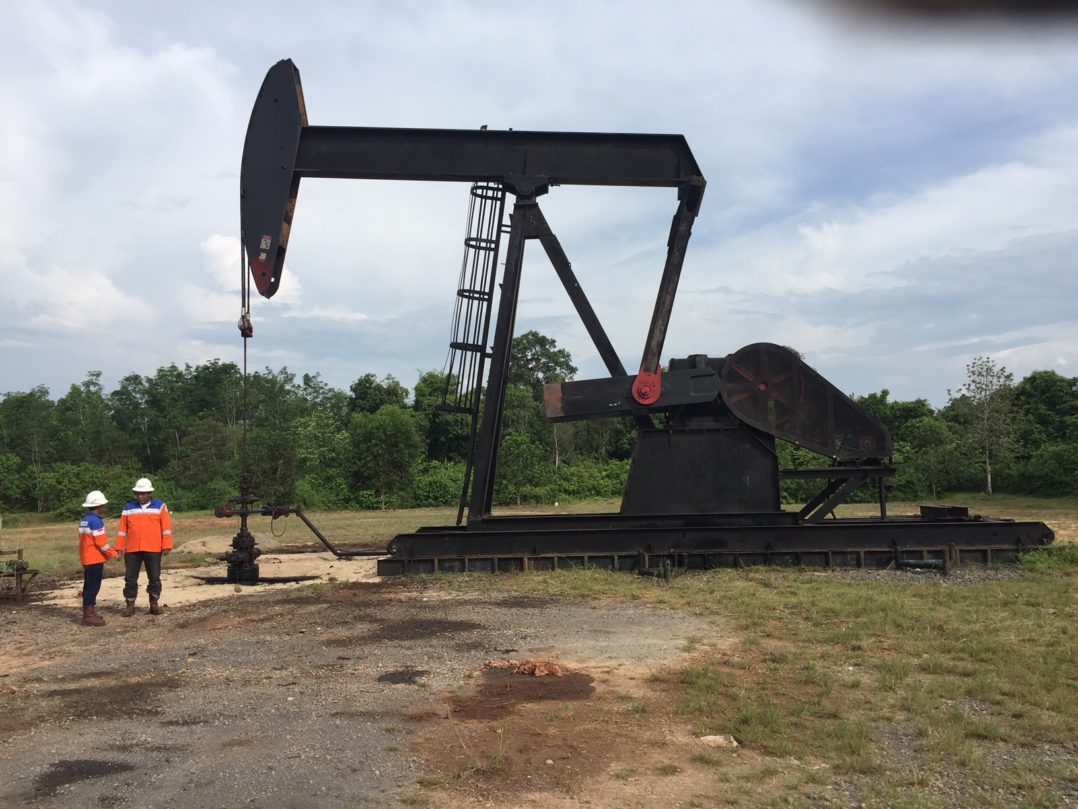Oil discoveries declined to 2.4 billion barrels in 2016, compared with an average of nine billion barrels per year over the past 15 years, the International Energy Association (IEA) has reported.
The IEA added that the volume of conventional resources sanctioned for development last year fell to 4.7 billion barrels, 30% lower than the previous year as the number of projects that received final investment decisions dropped to the lowest level since the 1940s. The slowdown was the result of reduced investment driven by low oil prices
The slump in the conventional oil sector, however, was in sharp contrast to the US shale industry, where investment has rebounded sharply and output has risen as production costs have reduced by 50% since 2014.
Of global oil output of 85 mb/d, 69 mb/d is derived from conventional oil production and 6.5 mb/d from liquids production from US shale plays. The remainder comprises other natural gas liquids and unconventional sources, notably oil sands and heavy oil.
The IEA has warned that continued periods of low oil investment could lead to a tightening of supplies with global demand expected to grow by 1.2 mb/d in the next five years.
“Every new piece of evidence points to a two-speed oil market, with new activity at a historic low on the conventional side contrasted by remarkable growth in US shale production,” said Dr Fatih Birol, the IEA’s executive director. “The key question for the future of the oil market is for how long can a surge in US shale supplies make up for the slow pace of growth elsewhere in the oil sector.”
The US shale industry has reduced costs to the point where the average break-even price in the Permian basin, in Texas, is $40-45/bbl. The IEA said liquid production from US shale plays is expected to increase by 2.3 mb/d by 2022 at current prices.
The IEA said offshore crude oil production had been hard hit by the industry slowdown. Last year only 13% of all conventional resources sanctioned were offshore, compared with over 40% on average between 2000 and 2015.





